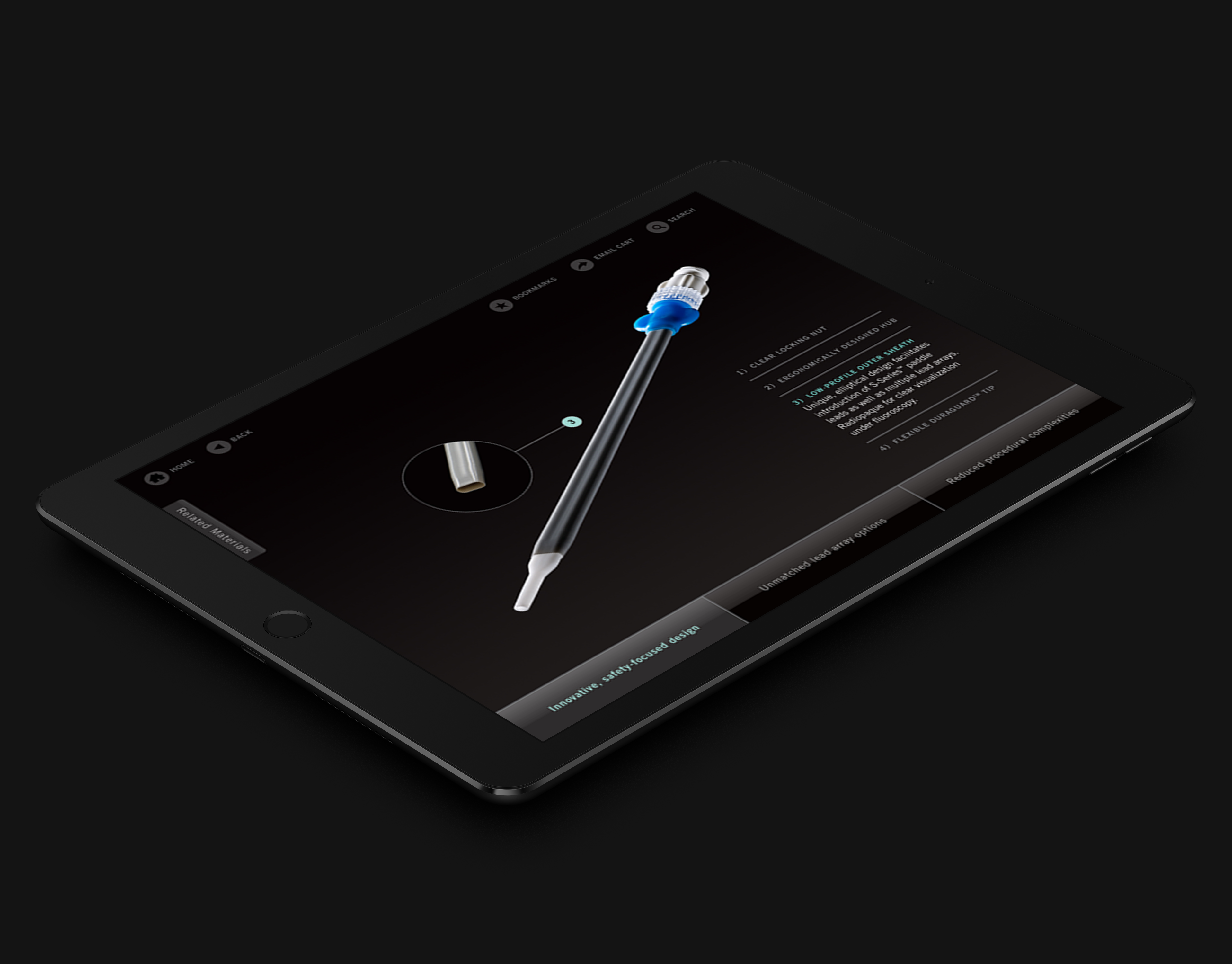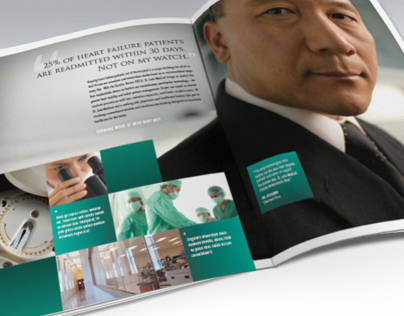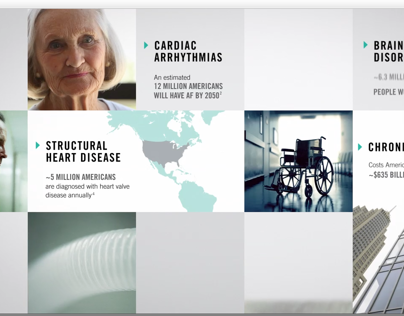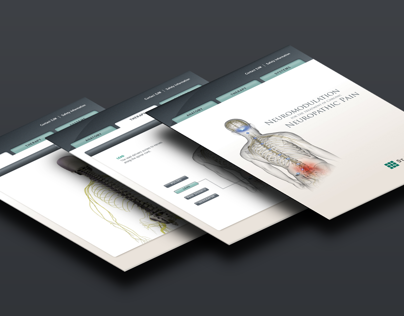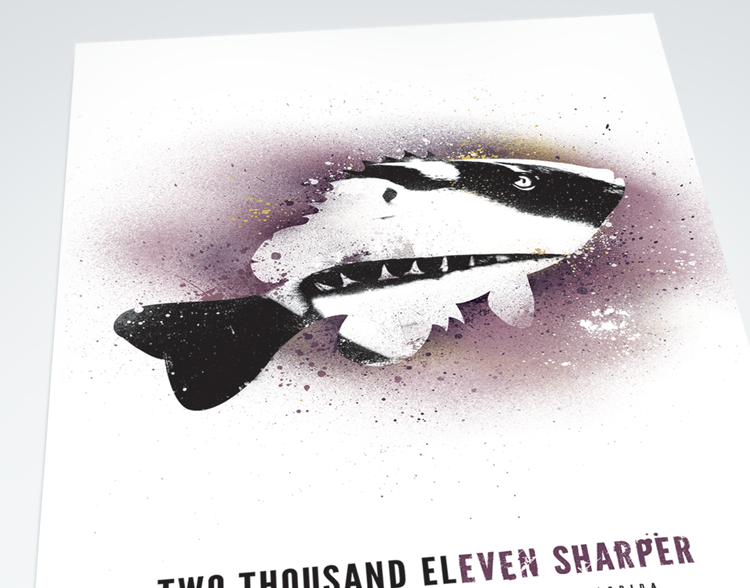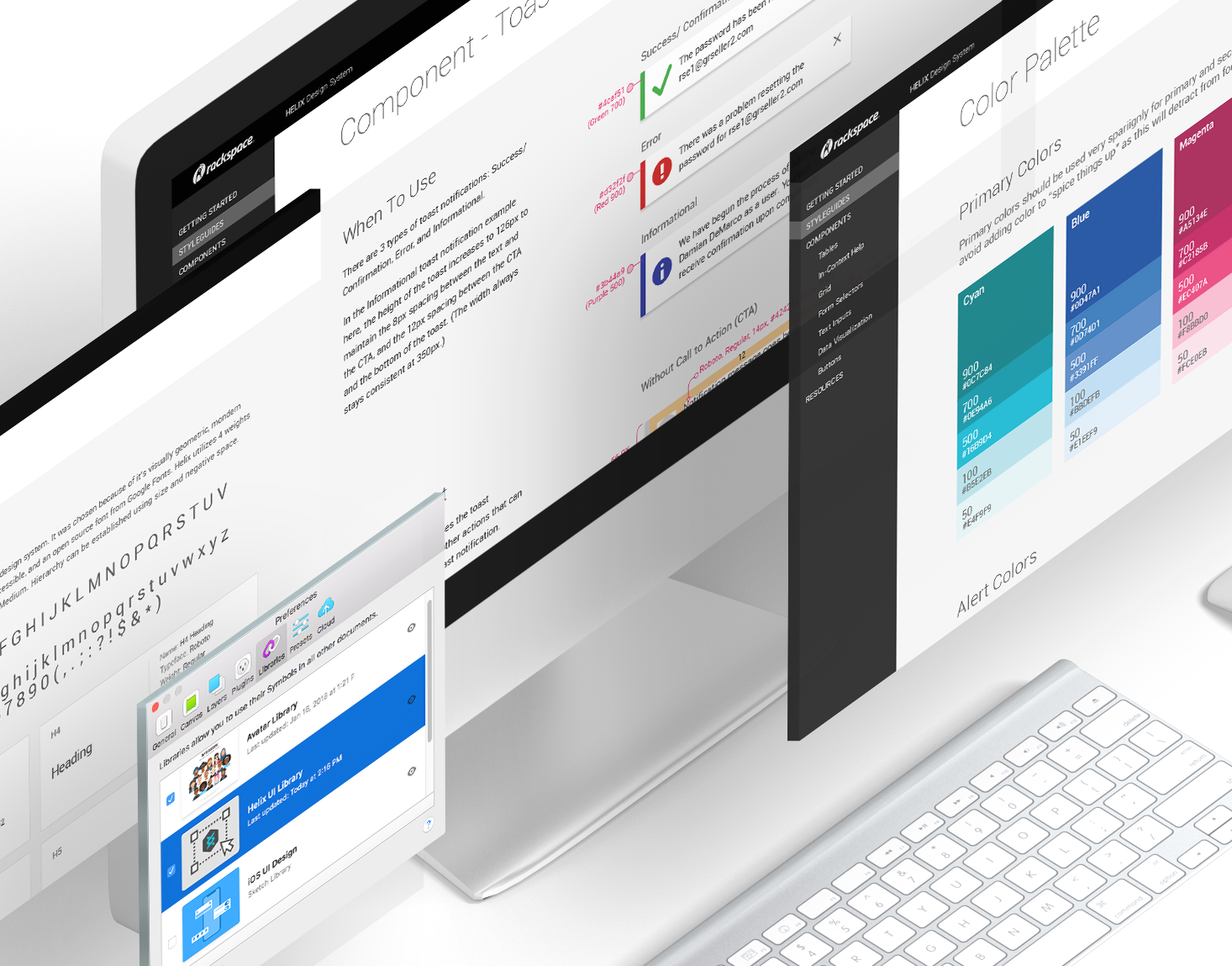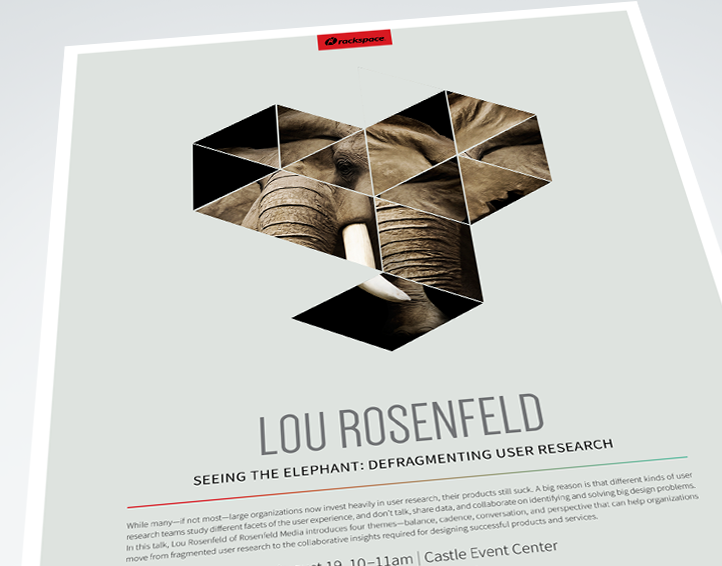The Challenge
Redesign Rackspace.com to better support marketing efforts and drive revenue growth by optimizing conversion rates for visitors to sign-ups. The challenge was to achieve a sustainable website platform based on customer-centered design, content architecture, and organizational processes to:
• Promote growth through large deals from enterprise customers
• Increase conversion through unassisted as well as assisted sales with an experience that effectively converts both the IT influencer and the developer
• Promote differentiating value proposition of expert service through Fanatical Support
• Selling up the stack—solutions, applications, and service
My Role
Directed a multi-discipline design team and orchestrated the end-to-end design process for this project by ensuring my team's activities were aligned with strategic objectives and informed by user and stakeholder data. I also worked closely with senior leadership to conduct regular meetings with key stakeholders to ensure that top-down alignment was maintained throughout the process.
Working under tight deadlines we were tasked to deliver redesigned homepage concepts, navigation, and style updates. After this initial phase we were to continue updates by working with departmental teams.
Problem Statement
In coordination with the research team we collected data from customers and stakeholder interviews to understand the issues plaguing the Rackspace.com experience. Below is a summary of our findings.
• Not conveying central differentiating value proposition of Fanatical Support in Managed Cloud, with emphasis on human expertise, support, and proactive partnership
• Fail to help customers understand what we offer to solve their business problems in a solution-focused manner, but instead present an overwhelming sprawl of features and parts
• Information not presented or connected in appropriate manner for the persona and journey; noisy mix of business, technical, and developer-oriented content lacking focus and creating islands of information
• Do not have a clear conversion strategy optimized for customer persona and journey, with confusing pricing and purchase paths that drive the customer into disparate sign-ups without nuanced understanding
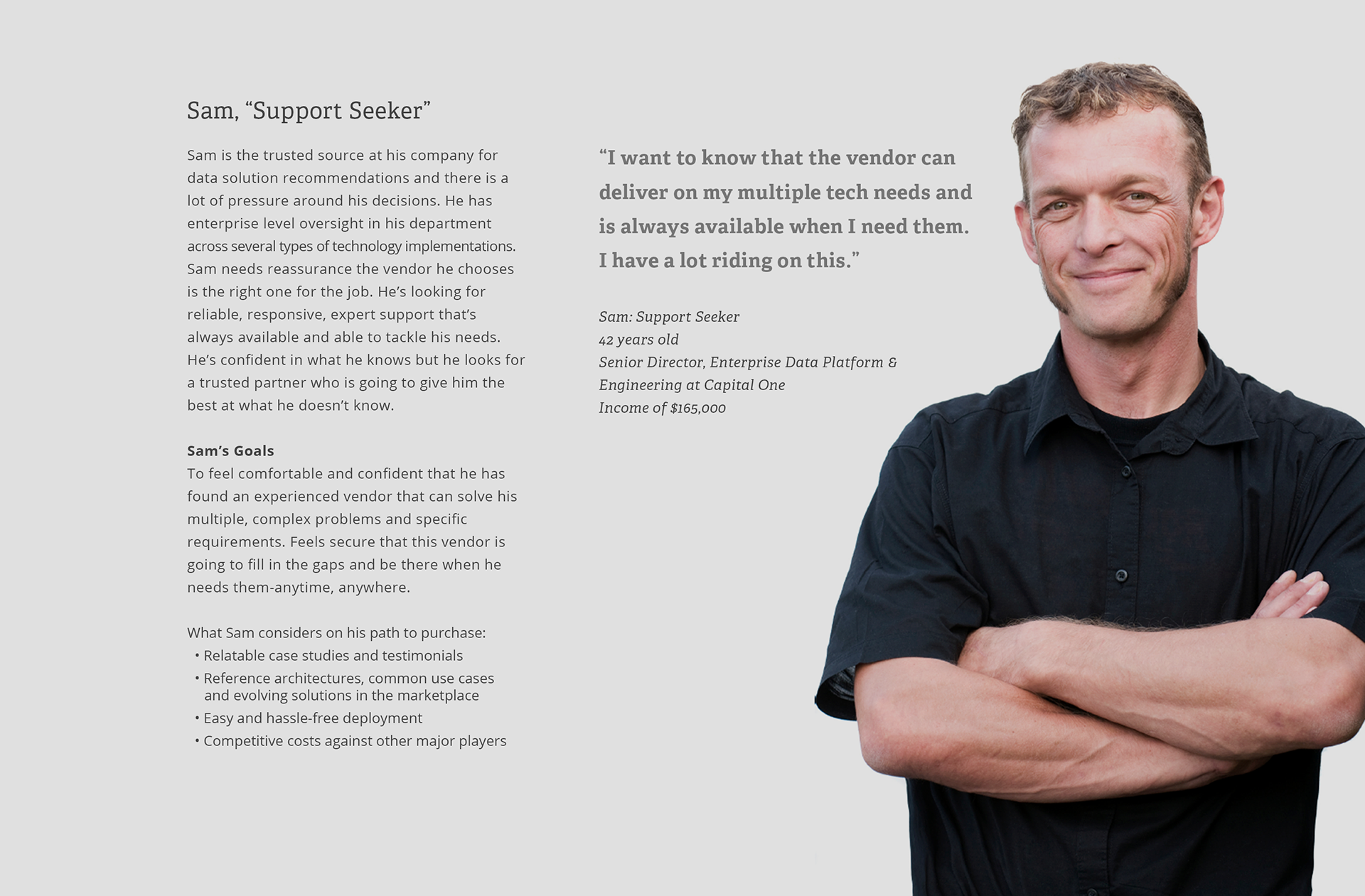
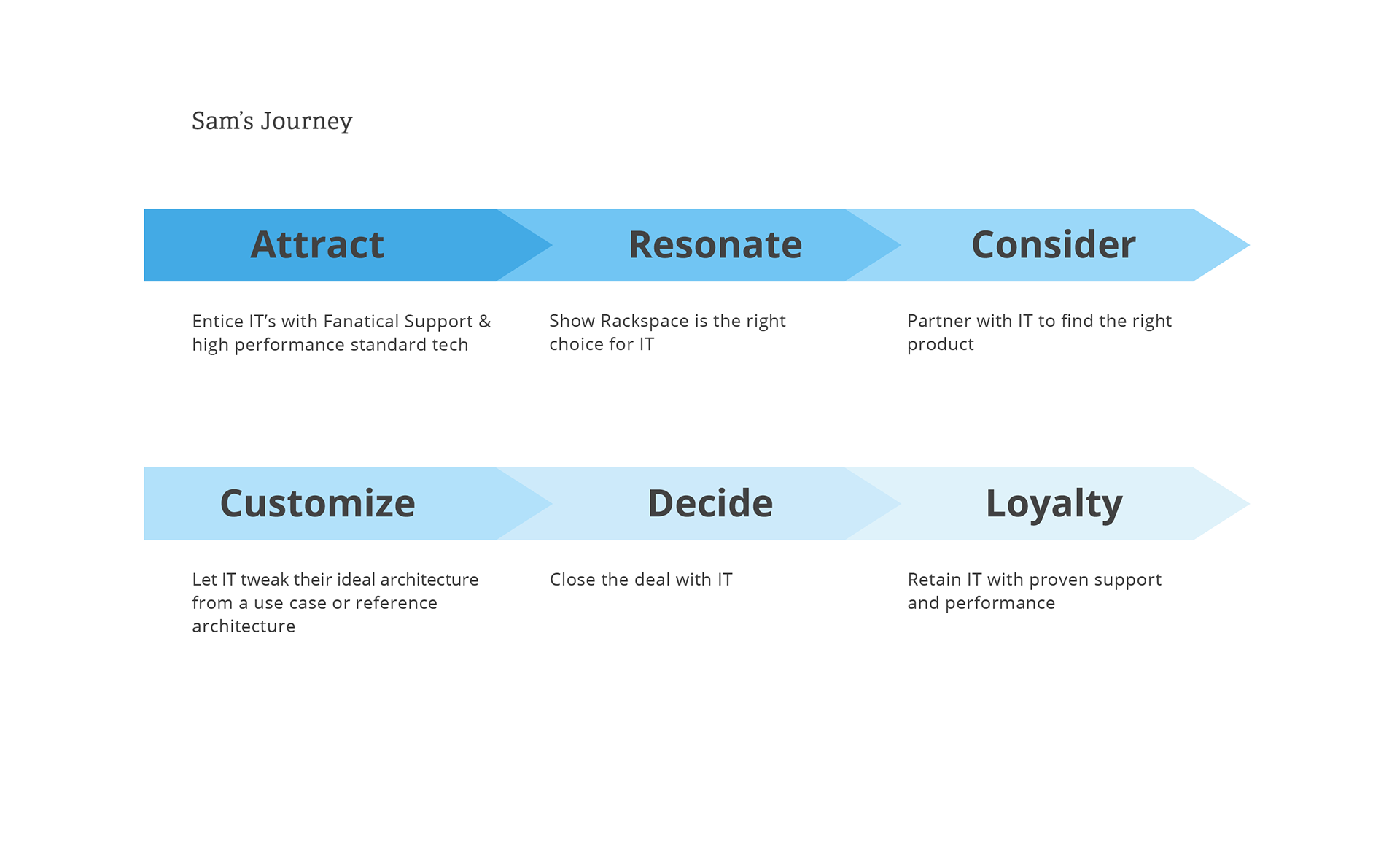
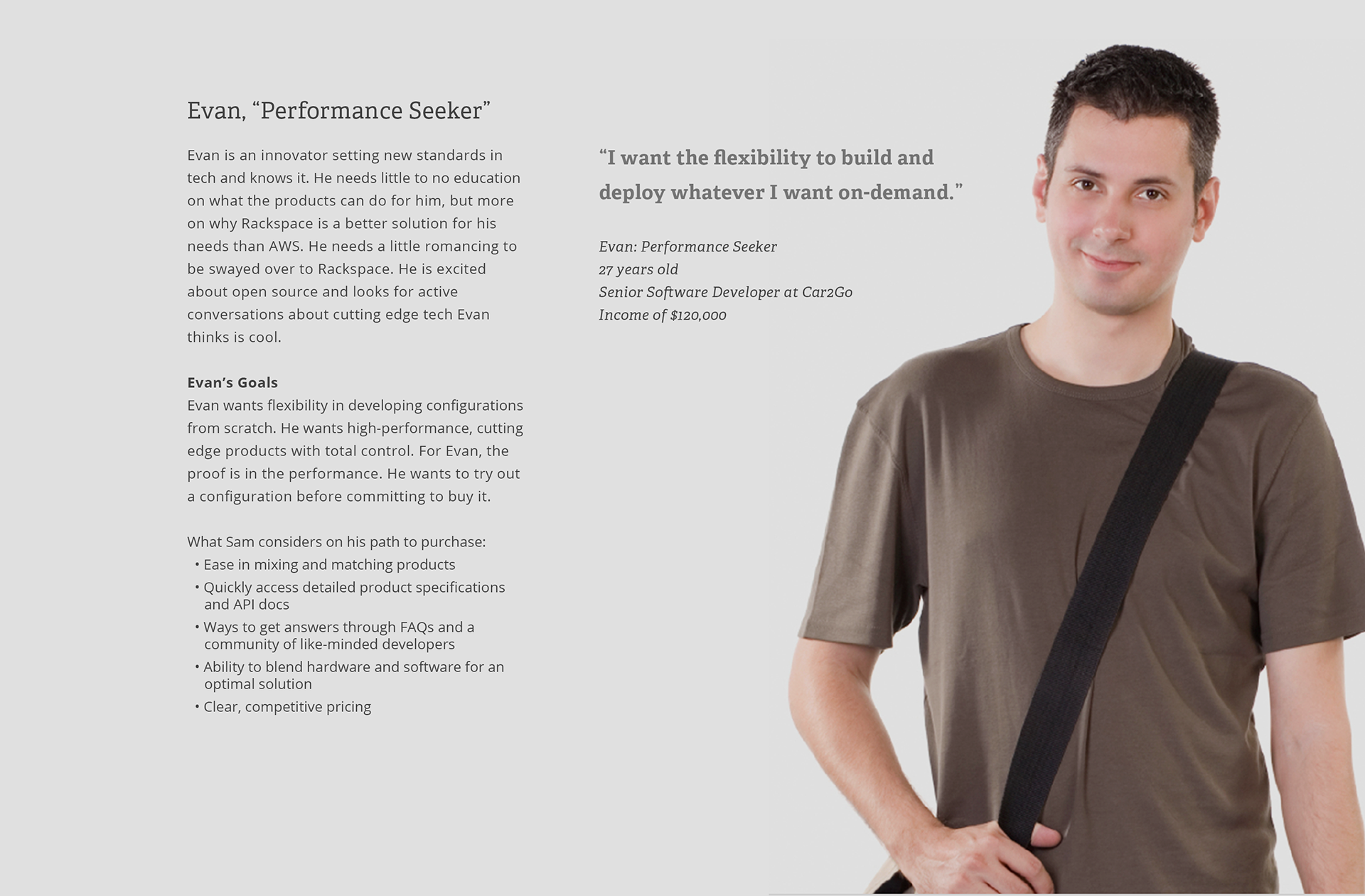
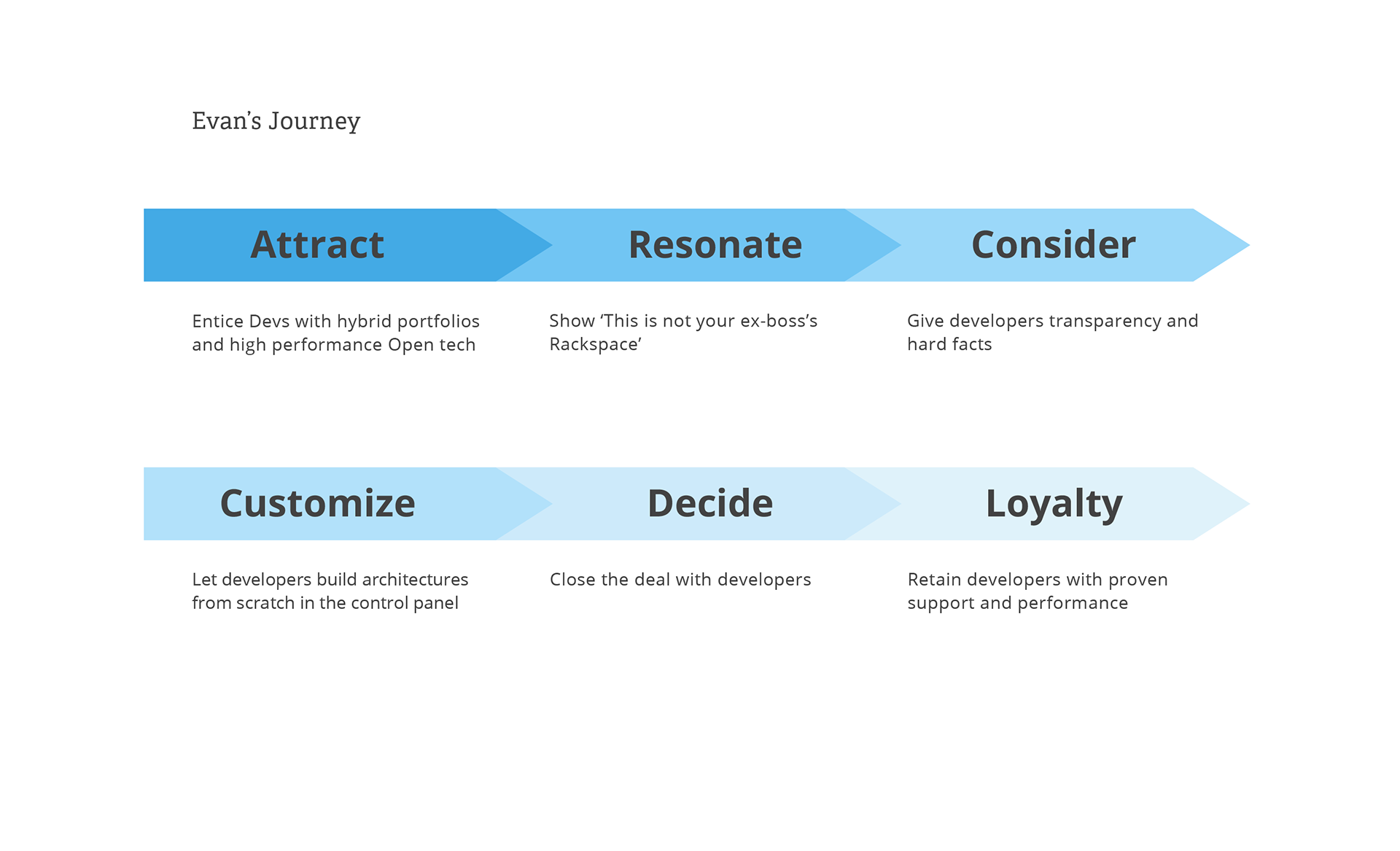
User Testing
We conducted A / B / C testing with range of customers to understand how to create a content strategy that help customers better understand what we offer to solve their business problems and convey the value proposition of Fanatical Support, with emphasis on on human expertise, support, and proactive partnership.
Information Architecture
A major underlying problem of the existing site was a lack of strategy for the information architecture. This lack of an IA strategy resulted in story cohesion failure, customer confusion, conversion loss, and an unnavigable site.
After working through several versions with customers and stakeholders we landed on a solution-down and product-up guidance fit to customers' thinking, that built a holistic understanding of the Rackspace story.
After working through several versions with customers and stakeholders we landed on a solution-down and product-up guidance fit to customers' thinking, that built a holistic understanding of the Rackspace story.
Visual Design — Style Tiles
As concrete as a product's visual language will be—with color and typography and illustration and photography—it starts as abstract as anything else. Visual design is grounded in descriptors, words that convey meaning and intention. Style tiles are a great way to convey visual style by composing artifacts that go beyond words to describe it. Each of these tiles are distinctive interpretations of human expertise, support, and proactive partnership.
How It Translates
Chosen Concept
Through multiple iterations and testing this concept was determined best to educate customers about Cloud, the value of Managed Cloud over unmanaged, and our central differentiating value proposition of Fanatical Support. It also was most successful in engaging customers through exploring content, reading customer success stories, viewing videos, downloading documentation, and participating in blogs and social media.
